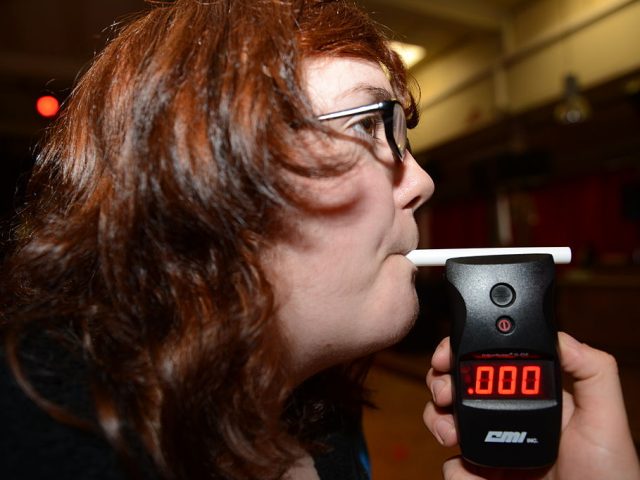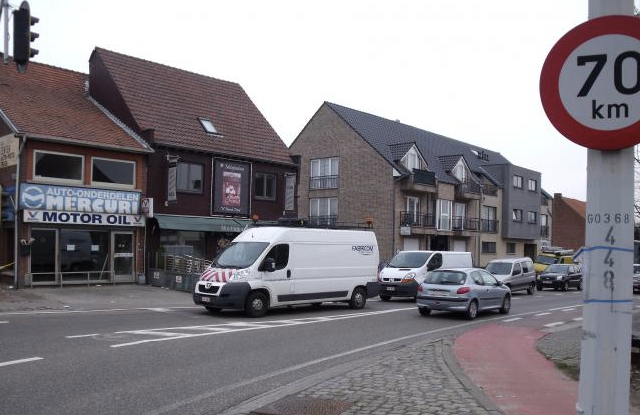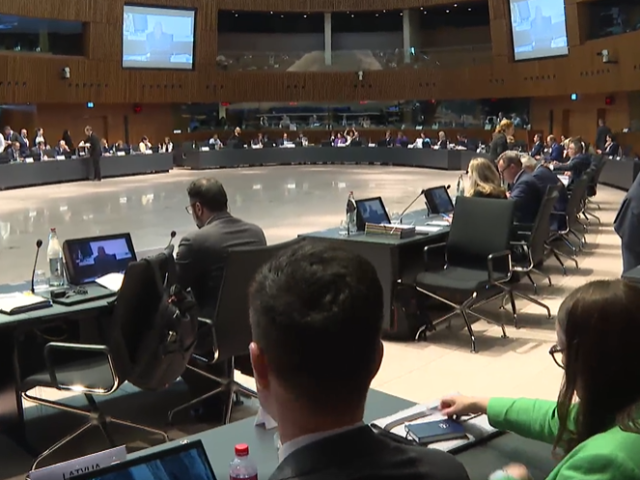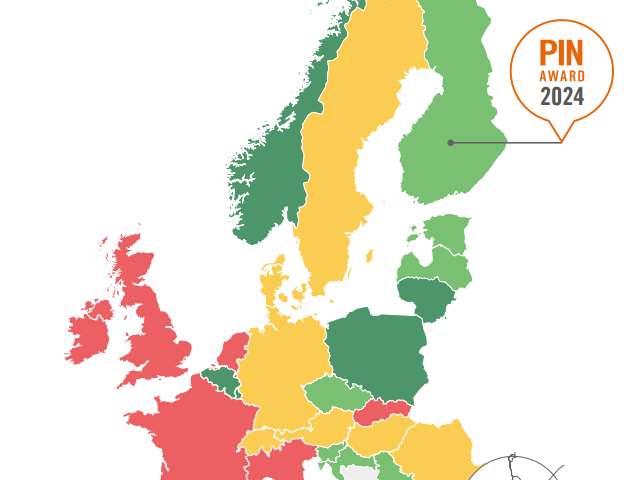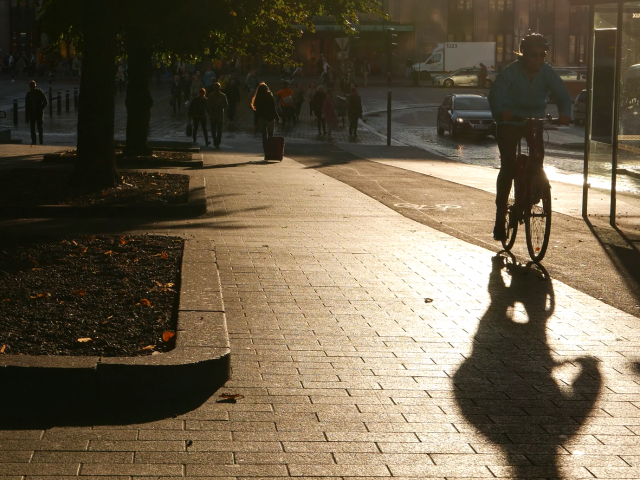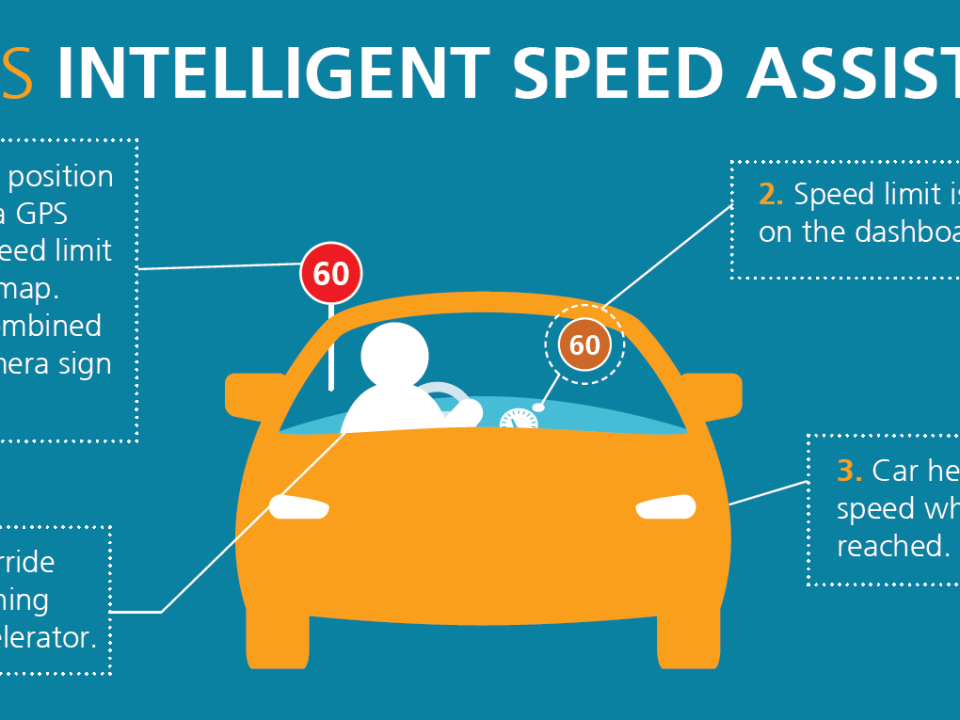
Opinion: will Intelligent Speed Assistance (ISA) live up to its promise?
By Graziella Jost
This summer, new models of car, van, bus and lorry that come on to the EU market must be fitted, as standard, with a range of new safety technologies. But Intelligent Speed Assistance (ISA), one of the most promising of these new features in terms of road safety, could fail to bring the hoped-for benefits. What happened?
ISA, as it was originally envisaged, is a fantastic life-saving system. Using sign-reading cameras and digital maps of speed limit data, the car can cut engine torque automatically to keep the vehicle within the current speed limit. Speed is such an important factor in road deaths that this technology alone, if it were fitted to all cars on the road in this form, could cut deaths by 20 percent.
Several years ago, some in the car industry correctly saw the marketing potential of such systems. When Ford launched its superb version of ISA on to the EU market in 2015, it sold it as a technology that would spell the end of speeding tickets. Honda, Jaguar Land Rover, Mercedes and Volvo have also offered variations on this type of ISA system over the years since.
But when the EU announced that it wanted ISA, together with a range of other safety technologies, to be built-in on all cars sold in the EU, the tone from some industry voices was very different. ACEA, the lobbying group that represents the main car producers wanted ISA removed from the EU’s proposals and replaced with a system that just displayed the current speed limit on the dashboard. While making this case, it misrepresented the results of safety analysis it had paid consultants to carry out on its behalf.
Despite this pressure, ISA remained in the EU’s new vehicle safety requirements, but by the time the legislation was agreed and detailed technical specifications were worked out, the outcome was an unsatisfactory compromise. Instead of requiring a system that actually intervenes to help drivers keep within the speed limit, vehicle makers, as a minimum, can fit a system that just gives an audible warning, a bit like a seatbelt reminder, when the vehicle goes over the speed limit. ETSC has repeatedly pointed out that, in tests we commissioned, an audible warning was found to be irritating to drivers, and would likely be switched off, effectively destroying the safety potential of the system. The European Commission pushed ahead with permitting this alternative specification anyway.
Another equally serious problem with the final specifications is the minimum level of accuracy required in determining the speed limit for the road.
ACEA fought long and hard to ensure that they could get away with fitting the cheapest possible ISA system – i.e. one that doesn’t require a digital map of speed limits, but only uses the front-facing camera already used by other in-car systems on most cars today. Why is this important? Because a camera cannot see a speed sign that isn’t there. The fact is that there are parts of our road network in Europe that do not actually feature sign-posted speed limits at all. A typical scenario is a driver exiting one motorway and merging onto another. Sometimes the exit lane has a lower posted speed limit, especially when it involves a curve, but when the vehicle merges onto the second motorway, there may not be a sign that signals that the speed limit has increased again. A driver would be reasonably expected to know the default speed on motorways and would accelerate. So we should reasonably expect cars fitted with ISA to have this knowledge too. And it’s easy enough, they just need a digital map of speed limits to back up the camera system for where there is no sign. This would also help in cases where signs are missing, damaged or obscured.
Another problem is speed limits that are conditional on another factor such as vehicle type, time of day, weather conditions or that apply to a lane adjacent to a motorway but not to the motorway itself. ETSC argued strongly for conditional limits to be taken into account by camera systems – but ACEA argued against, together with CLEPA which represents the huge car supplier industry.
Why argue for a system that doesn’t do the job properly? The answer lies in one of the unfortunate truisms of the business of lobbying. While there are progressive voices in the car industry, and suppliers with fantastic technology that solves all these issues, industry groups tend to take the line of the lowest common denominator. If one or two car companies or suppliers are set on using out-of-date tech – that’s where the bar will be set.
Do policymakers need to listen to these voices? Of course not. But policymakers are under constant, unrelenting pressure to take their views into account through every step of the process. The car industry spends millions every year on lobbying the Brussels institutions. They wouldn’t do that if it had no effect.
So now we are faced with a situation whereby in common scenarios, such as changing motorways, a camera-based ISA system complying with the EU’s minimum standard may stay set at the speed of the exit lane of the previous motorway, and not update to the new higher motorway limit. Drivers will be able to override the system in this case. But this failure to be accurate at all times will obviously make the system less useful and more irritating. Camera-based systems that follow the minimum standard and ignore conditional limits, will also leave drivers with the feeling that the technology is inadequate. This sense of poor technology will only increase if an inaccurate system is paired with audible warnings.
To be clear, we risk, in a worst-case scenario, ending up with a system that has limited safety benefits and annoys drivers.
But it doesn’t need to be this way. Carmakers are perfectly entitled to go above and beyond the minimum standards – as they do today on many aspects of vehicle safety in the EU. They can include digital maps of speed limits with regular updates, they can install systems that reduce engine torque rather than beeping incessantly and they can use sign-recognition technology that can interpret conditional speed limits. They have a choice. And we sincerely hope they do the right thing.

